Why should we still care about Johnston City, now a half-century later? There are plenty of reasons, but foremost is that the tournaments changed American pool forever.
________________________________________________
By R.A. Dyer
They came flooding in, maybe forty in all — plains-clothed cops streaming down from the stands, through the front door and from the outside parking lot. They were coming from everywhere, and they were yelling and shouting and waving guns and badges. Startled pool players jerked upright from nine-ball games, as if all had stepped simultaneously into bear traps. Some tried to stash away their stake money; others attempted to flee. But too late.
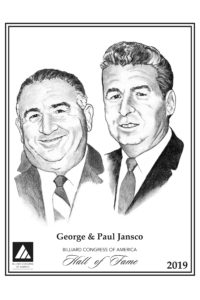
Hall of Fame Poster commemorating George and Paulie Jansco
For years now I’ve been writing about the Johnston City tournaments, those great Southern Illinois pool competitions of the 1960s. As much as any single event, these tournaments would come to embody a pool renaissance that began with the release of The Hustler in 1961 and ended about decade later with a police raid. The in-between years were a time of unparalleled public interest in pool, the opening of new rooms, and the beginning of a new way of thinking about our sport. I have delved previously into the tournament’s early days, described the tournament’s founders, profiled a Sport Illustrated writer who first brought the tournaments to the public’s attention, and written extensively about its most famous participant, Minnesota Fats. In this article I describe the tournament’s final, ignoble end.
As always, I’ve turned to the newspaper stacks for my research. I have reviewed articles in the St. Louis Post-Dispatch, The Southern Illinoisan, The Marion Daily Republican and other publications. I also include here material from my own interviews with pool players who attended Johnston City, including Hall of Famer Nick Varner who got caught up in the 1972 police raid; and with eight-ball guru Larry Schwartz, who only narrowly avoided it. I likewise have reviewed my previous reporting from my 2003 book Hustler Days.
The raid itself occurred on Oct. 26, 1972, almost precisely 51 years ago this month. So consider this an anniversary piece. But why should we still care about Johnston City, now a half-century later? There are plenty of reasons, but foremost is that the tournaments changed American pool forever. The competitions helped establish nine-ball as this country’s most important tournament game. The competitions were among the first national-class pool events with integrated fields. And very significantly — at least to my eyes — the Johnston City tournament’s very public embrace and promotion of gamblers and gambling was something new. Tournament founders George and Paulie Jansco instinctively grasped that the sport’s hustler culture, as opposed to its formal tournament culture, could be leveraged for marketing purposes. This insight — that gambling could help the sport — was a hard truth for pool’s sometimes stuffy establishment leaders to accept. But eventually they did. In 2019, many years after the death of both men, the Billiard Congress of America finally inducted the Janscos Brothers into the Hall of Fame.
A Brief History
But before we get to the final, ignoble end of the tournaments, let us first briefly review their beginning and middle. As I noted above, the first tournament was in 1961. Only 14 players competed that year, and the tournament featured only a single game: one pocket. Johnny Vives, a player largely forgotten today, has the distinction of winning in 1961. The roster dramatically grew the following year, with George and Paulie Jansco adding nine-ball and straight pool, thereby turning their tournament into an “all-around” competition. George, the eldest of the two, served as the primary public face for operations during these early years, whereas Paulie remained an ever-present and very hands-on associate. “The saying was that Paulie would take your eyes out, and George would say you looked better without them,” quipped Schwartz, who attended some of the later tournaments.
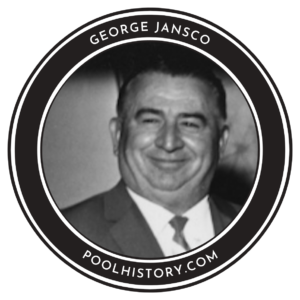
To accommodate growing crowds, the Janscos invested in more playing space, more seating, and an additional bar. They also launched a second tournament, the highly lucrative Stardust International in Las Vegas. Both the Johnston City and Las Vegas tournaments attracted nationwide television coverage, and success seemed to follow success … or at least until 1969. That’s when a cerebral hemorrhage tragically struck down George, at just 53 years of age. “It was a terrible, terrible shock,” JoAnn Jansco, George’s daughter, told me.
However, the Johnston City tournaments continued. Larry Schwartz recalls sweating one of the high-dollar matches during these later years, and how, during it, bank pool legend Bugs Rucker slipped him $10 just to keep an eye on his coffee. Schwartz, then just a kid, said Bugs had to go to the can and apparently didn’t want to get jarred — that is, have his coffee drugged — while he was there. Schwartz also recalled watching Fats and Ronnie Allen going head to head during another match, with Fats constantly sharking the younger Allen between shots. Allen predictably came out on top, but Fats made out better than most of the sweaters expected. “It was like I got my masters (degree) in Johnston City, it was really a learning experience,” Schwartz said.
In 1972, in what would be the last year for the Johnston City gatherings, Paulie added a second event, a spring “Tournament of Champions,” and it featured a parallel women’s straight pool competition. The preternaturally talented Jean Balukas, then just 12 years old, won that women’s event, while Danny Diliberto took the separate all-around. Other big winners that spring were Boston Shorty, who took the one-pocket event, and Billy Incardona, who took nine-ball.
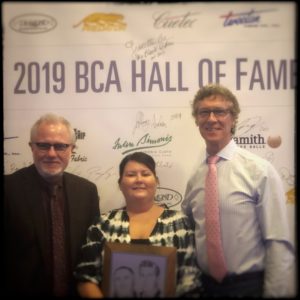
From left, R.A. Dyer, Paulie Jansco granddaughter Amy Burgess and Billiards Digest publisher Mike Panozzo, at the 2019 BCA Hall of Fame Dinner, in Norfolk, Virginia.
The Problem-Plagued 1972 Tournament
And now we can turn our attention to the end, the problem-plagued 1972 fall event. Paulie apparently had pulled off the spring competition apparently without too much trouble, but the same could not be said for this second competition, which started on October 5. The “Hustlers World Championship” that year featured 38 one-pocket entries and 39 nine-ball entries — a much smaller field than previous years — and no straight pool entries because Paulie had decided to drop that variant altogether. The first real bit of bad luck occurred three days into the event when 42-year-old Ned Barra was shot to death at the tournament venue. Making matters worse, the shooting occurred at about 3 a.m., which was well after the bar should have been closed. Paulie told state authorities he had been careless in allowing patrons to remain after hours. The authorities were having none of it, and the unfortunate shooting (Barra’s divorced wife eventually was charged with the crime) led to the suspension of Paulie’s liquor license.
And then there’s the matter of Paulie’s bizarre interview with Charles Chamberlain, an Associated Press reporter. Although the interview came months previously, it would have terrible repercussions for the calamity that followed. Recall that George Jansco, when he was alive, often would defend gamblers and gambling in his comments to the press — it was, after all, the “Hustlers World Championship.” However, Georgie always did so with a necessary bit of discretion. He’d never get too far into the specifics. This was not the case with Paulie. Chamberlain had reached out to him that spring for an article about the tournaments, and in a ham-fisted attempt at marketing, Paulie indiscreetly let on that he kept as much as $100,000 in his safe-deposit box and that if gamblers “win any money, the checks are made out to me — not to them. I see that they are paid off.
“At least five of the players — and I won’t name them — out of the country’s top 25 have no Social Security numbers,” Paulie told Chamberlain. “They have no mailing addresses. They don’t exist as far as the government is concerned.”
Recognizing those quotes as the journalism gold that they were, the AP’s Chamberlain put all of them in his story. The story then went out to newspapers on the AP network and among those reading them was Special Agent John M. Walsh, chief of the IRS intelligence division for the Central and Southern Illinois. You can guess what happened next.
“It was very bad …”
“It was very bad,” said Nick Varner, who was present on the night of October 26 when the feds flooded in. Varner said there were 30 or 40 of them, they were dressed like civilians, and they emerged mostly from the stands. He said players and fans alike were ordered to turn out their pockets, and everyone’s cash got confiscated, as much as $5,000 of it, according to press accounts. “The federal government was involved, along with Illinois (law enforcement),” said Varner. “The feds came in, I guess because of the RICO act, and they were figuring that people were crossing state lines to gamble. There was gambling, of course, but people were there because of the tournament. If the tournament wasn’t there, nobody would have been there.”
As far as Varner knew, the only person actually arrested was his then-road partner, Hubert Cokes. Everyone else simply received subpoenas to show up the next day in court. But Cokes “had two firearms,” Varner told me. “He had a sheriff’s permit for them, but he got arrested anyway. I had to get money to get him bailed out, but he sure knew how to move in the legal system. When we got back to the hotel, he already had some lawyers.”
Varner said he and anyone else represented by Cokes’ lawyers pled the Fifth. Minnesota Fats, however, couldn’t keep his mouth shut. “I can’t see why they are making such a big stink out of it,” he told the grand jury. “This is the most ridiculous thing you ever heard of. There’s gambling everywhere on earth, you understand.” Although Fats’ antics might otherwise have made defense lawyers cringe, in this instance they probably ended up bolstering the defense by injecting some levity into the proceedings. After all, who could take the matter seriously if gambling at the tournament was no more significant that what you might find at “political conventions and chicken fights in Florida”? Fats also insisted he didn’t participate in the tournament itself because everyone was afraid to play him. “I’ve got a better reputation than the Pope in Rome,” he mirthfully told the grand jury.
Paulie, however, found little to laugh about. Although most or all of the players got off without convictions, the raid cost Paulie substantial sums in legal fees, harmed his reputation, and came just as he found himself embroiled with those other legal difficulties relating to his liquor license. “They’re chasing me out,” he told a Bowlers Journal reporter afterward. “I’ve had it up to here with all this Mickey Mouse stuff. One of the agents even told me the raid should have never taken place. He said they expected to find all sorts of gambling paraphernalia like craps tables and roulette wheels and maybe 20 or 30 phones to call in bets. Hell, they must have thought I was operating some kind of casino here and I don’t know where they ever got an idea like that.”
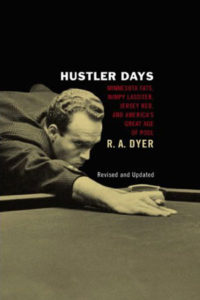
R.A. Dyer’s book Hustler Days includes a description of the Johnston City tournaments.
The players returned to the competition after the raid, and Boston Shorty was named that year’s overall champ. Not long afterward Paulie sold out completely.
End of An Era
According to Steve Booth, founder of the onepocket.org website, the total number of Johnston City tourneys — not counting the women’s event won by Balukas — would come to 13. Booth notes that only two players competed in each: Larry “Boston Shorty” Johnston and Hubert Cokes. As I noted at the top of this column, some observers might mark the end of these tournaments also as the end America’s 1960s pool renaissance. And that’s true, as far as it goes. But I see their end more like a convenient marker … like punctuation at the end of a long sentence. The Jansco brothers did not create that decade’s pool craze, but their tournaments certainly contributed to it. And when the police shut them down in 1972, it was just as the renaissance itself was coming to an end.
America has had other mini pool revivals over the years. There was that of late 70s, for instance, when Minnesota Fats and Willie Mosconi went head to head on nationwide TV. There was that of the 1980s, prompted by the release of The Color of Money. But it seems to me that these other boomlets lacked the ferocity as the 1960s renaissance … and its resonance. “Oh my God, it was awesome,” one eye-witness told me, years later.
Will there ever be another pool resurgence like it? We can only hope.
![]() R.A. Dyer is the author of Hustler Days and The Hustler & The Champ, both available from Lyons Press.
R.A. Dyer is the author of Hustler Days and The Hustler & The Champ, both available from Lyons Press.
Pool History Merch
Help preserve pool history by purchasing a coffee mug, t-shirt or other merch. That's because we re-invest 100 percent of net sales proceeds to pay guest writers and artists. Have an article to pitch? Go to the Guidelines for Guest Writers tab for more info.
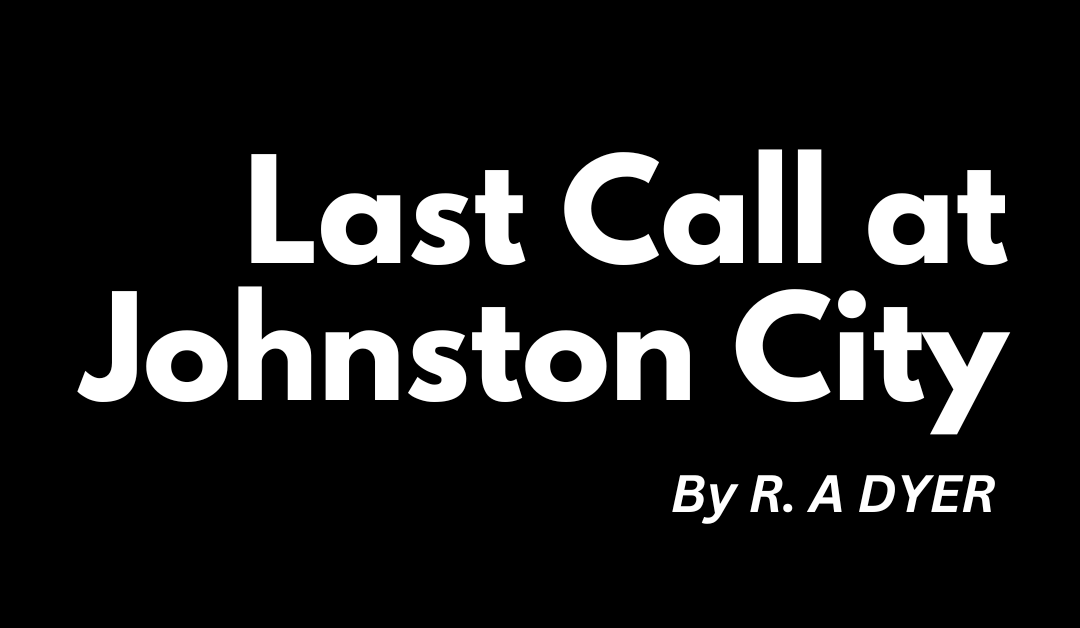
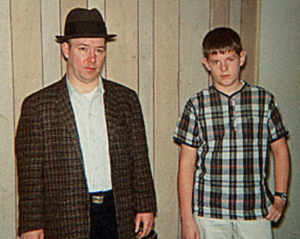



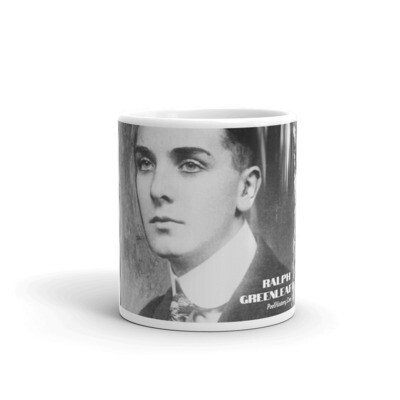

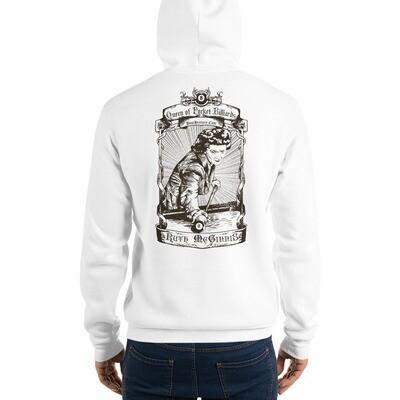


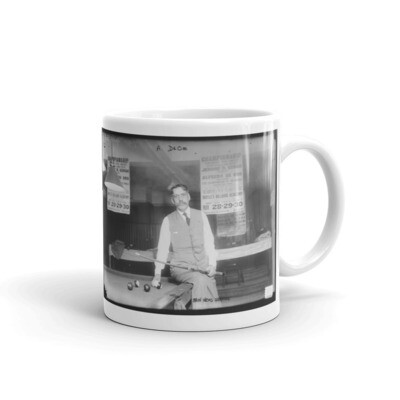

Recent Comments